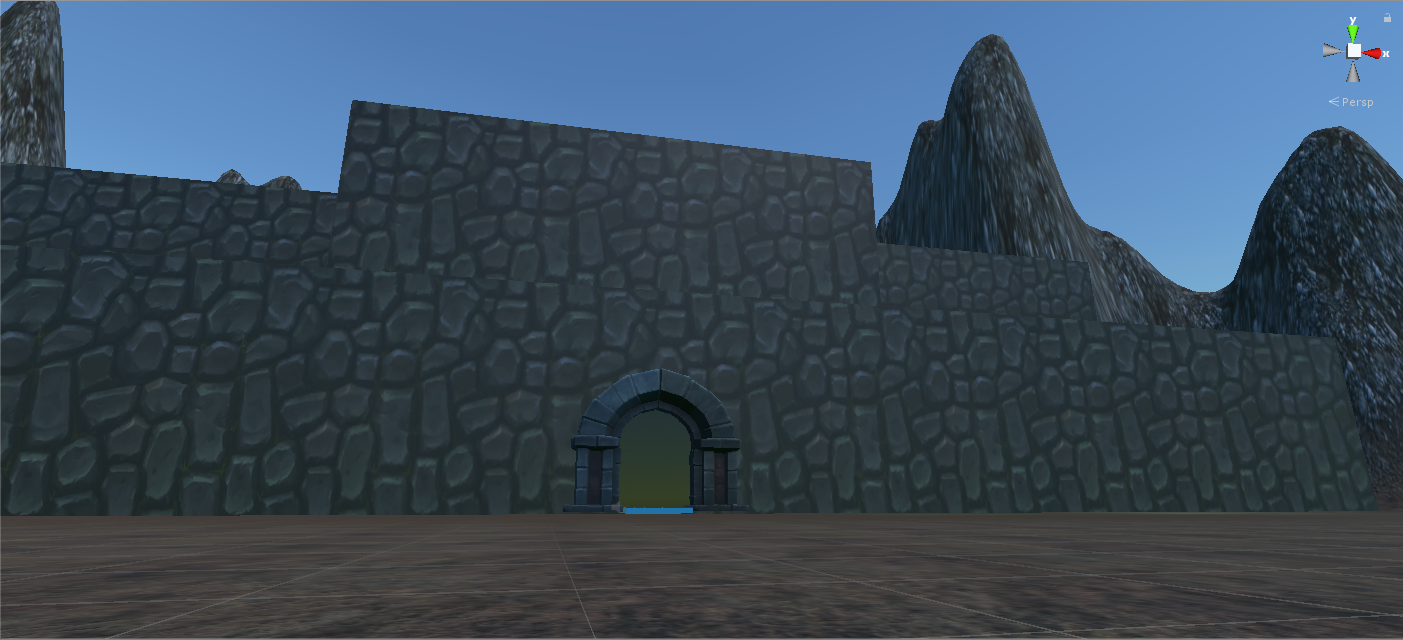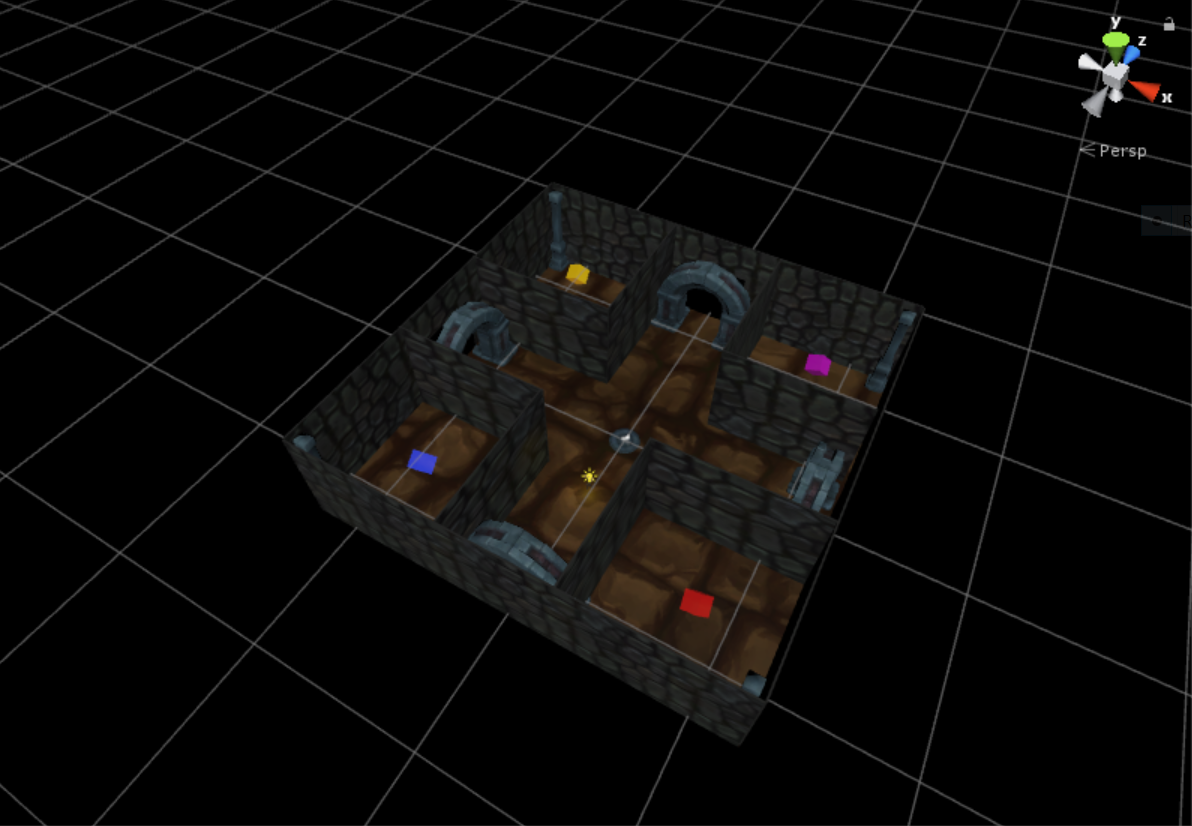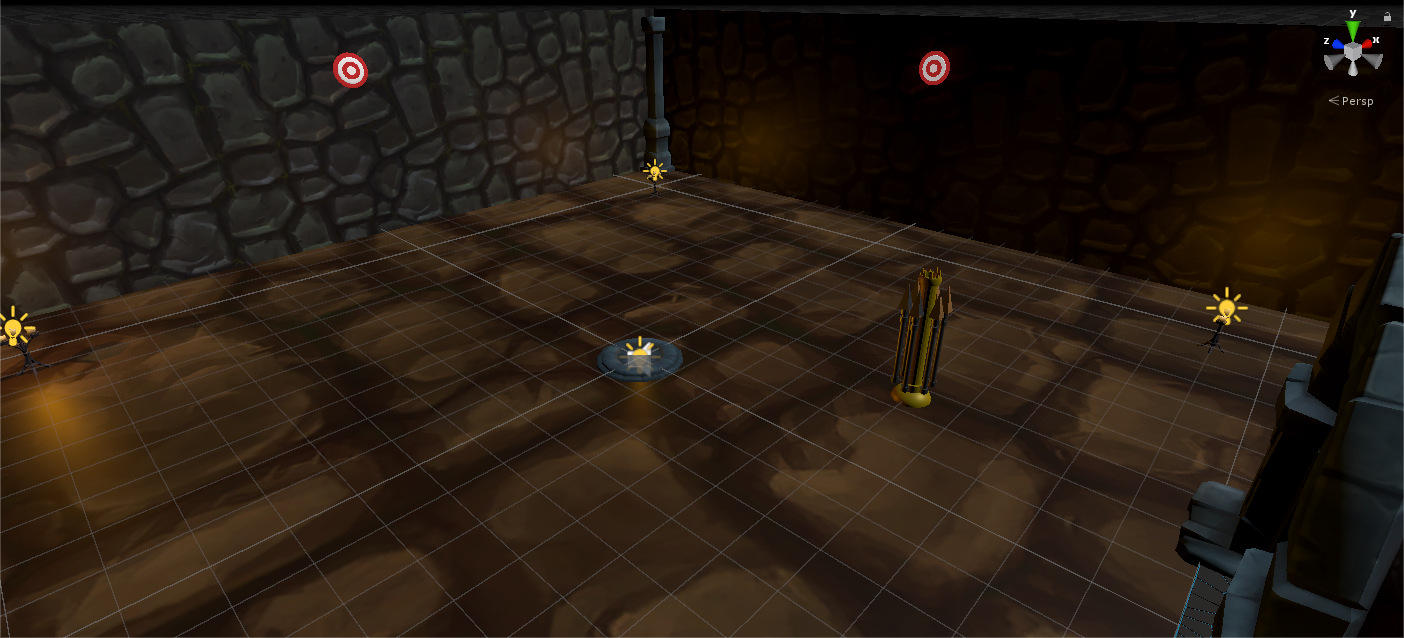December 12, 2018
991 words, 5 min read

Introduction
After I had visited with the VR startup, StoryUP, I was inspired to try my hand at developing VR applications that utilized the brain as an input. While we had spent our first 8 weeks of our Computer Graphics course studying OpenGL, we had decided to spend our second 8 weeks studying and practicing VR development, and working with EEG devices for gameplay. We wanted to do desktop VR development instead of mobile, since we believed that not only would it be more challenging, but we wanted to be able to work with 6DoF instead of 3DoF. To this effect we layed out a plan to develop 3 games.
The first game, ZombieDefender, was an arena style game that infinitely spawned zombies to be slain. This project helped us with coming to grips with VR mechanics, and getting familiar with developing for Oculus Rift using the SteamVR plugin. Our second project, Mystic Arts 101, focused on learning to work with the EEG headband made by Neurosky called the Mindwave. Mystic Arts 101 was a simple game where the user would focus to levitate a ball, then using the VR controllers, they could draw the ball towards or away from themselves to guide the ball into the goal. Finally, we pulled both of these projects together to build our third and final project, WayFinder, which is a VR escape the room style of game that uses EEG to assist in solving puzzles.

